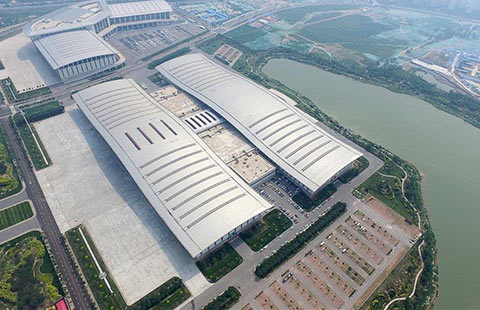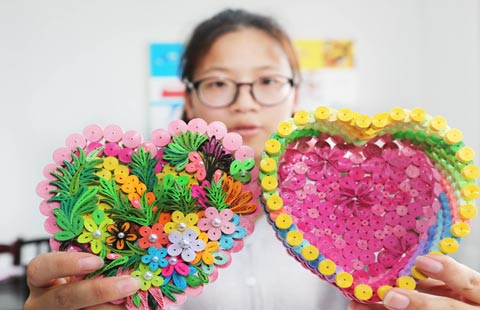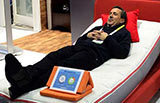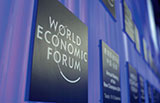Face cream leaves its mark on China and the world
By Yao Jing (China Daily) Updated: 2012-11-23 15:23More Chinese consumers are opting for more sophisticated and expensive products, and Olay's Pro-X anti-aging and anti-acne is squarely aimed at them.
"The relatively high-end line is available only in department stores, targeting customers that look for professional beauty solutions which benchmarks prescription and premium merchandise," Li says.
Since the line was launched in 2009, its eye restoration complex, which sells for 360 yuan, has become a best-seller. Cleansers are now also selling well.
"Olay will continue focusing on the masstige market, drawing more deeply on the current sales channel," Li says.
Yu Wei, a principal at Roland Berger Management Consultants (Shanghai) Co Ltd, says the brand, with turnover of more than 3 billion yuan a year, is a great success. That may be so, but it has had better days. Last year it accounted for 9.5 percent of the Chinese cosmetics market, compared with 14.9 five years earlier, Yu says, citing a report by Euromonitor.
Olay, compared with brands developed or managed by cosmetics companies, has an advantage in the mass market in that being owned by Procter & Gamble it gains easy access to hypermarkets and retailer chain stores.
But the increasing competition from domestic brands at the lower end of the market, coupled with many consumers migrating upmarket, means Olay is now fighting a marketing war on two fronts.
"It is a single brand, but products carrying its label range from 20 yuan to hundreds of yuan," Yu says.
"Olay is a rare phenomenon because most of the cosmetics giants target different markets with different brands. Most consumers will not accept high prices for products bought from the shelf. And if it wants to compete with other big names in department stores, it has a long way to go.
"As an early comer to the market we were not just interested in being compared with other brands. Instead, we laid great stress on understanding our consumers."
One area for future growth is products based on natural ingredients, Li says. "We will give consumers whatever they want."
Olay is said to have had its roots in South Africa about 60 years ago, when Graham Wulff, a former Unilever chemist, formulated a pink moisturizing lotion and called it Oil of Olay. It was eventually bought by Procter & Gamble. It has been marketed in different countries under various names, including Oil of Olay, Oil of Ulay and Oil of Ulan. It is now known in most places simply as Olay, but in some European countries, including Germany and Italy, it is marketed as Olaz.
yaojing@chinadaily.com.cn
- Working under the scorching sun
- China suspends oil price adjustment
- Hong Kong stocks plunge over uncertainty of Britain's referendum
- China says ready to help India address its nuclear energy needs
- ADB loan will finance sewage treatment
- Venue of 2016 Summer Davos Forum
- Chinese stocks down on Brexit fears
- Hong Kong's stocks extend gains to fifth day


















